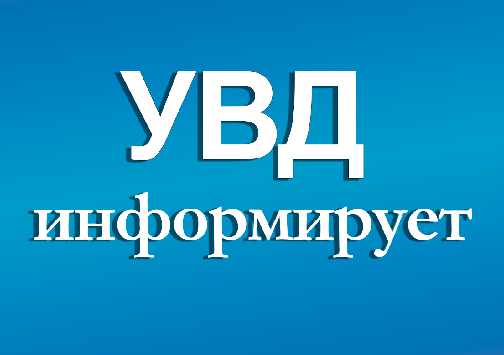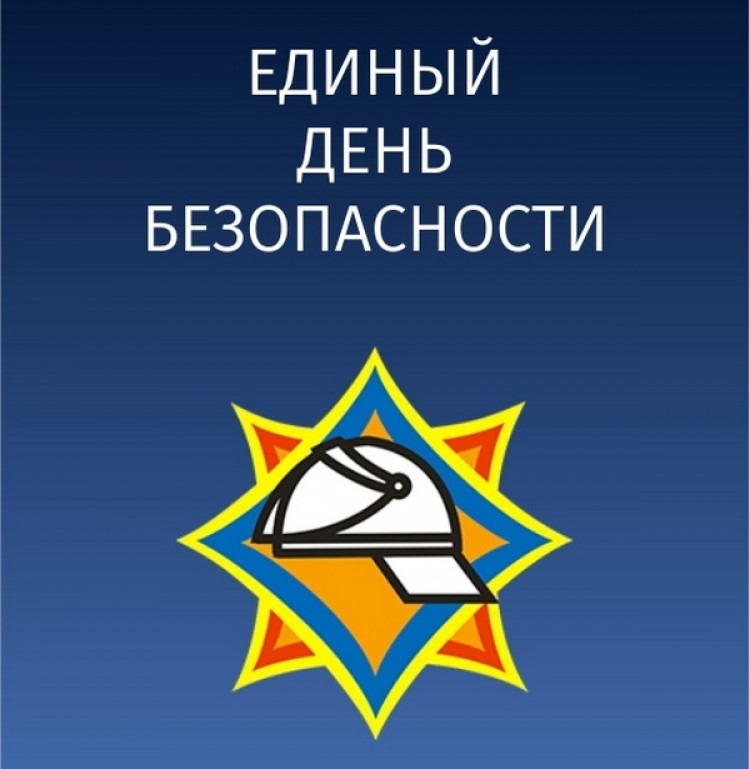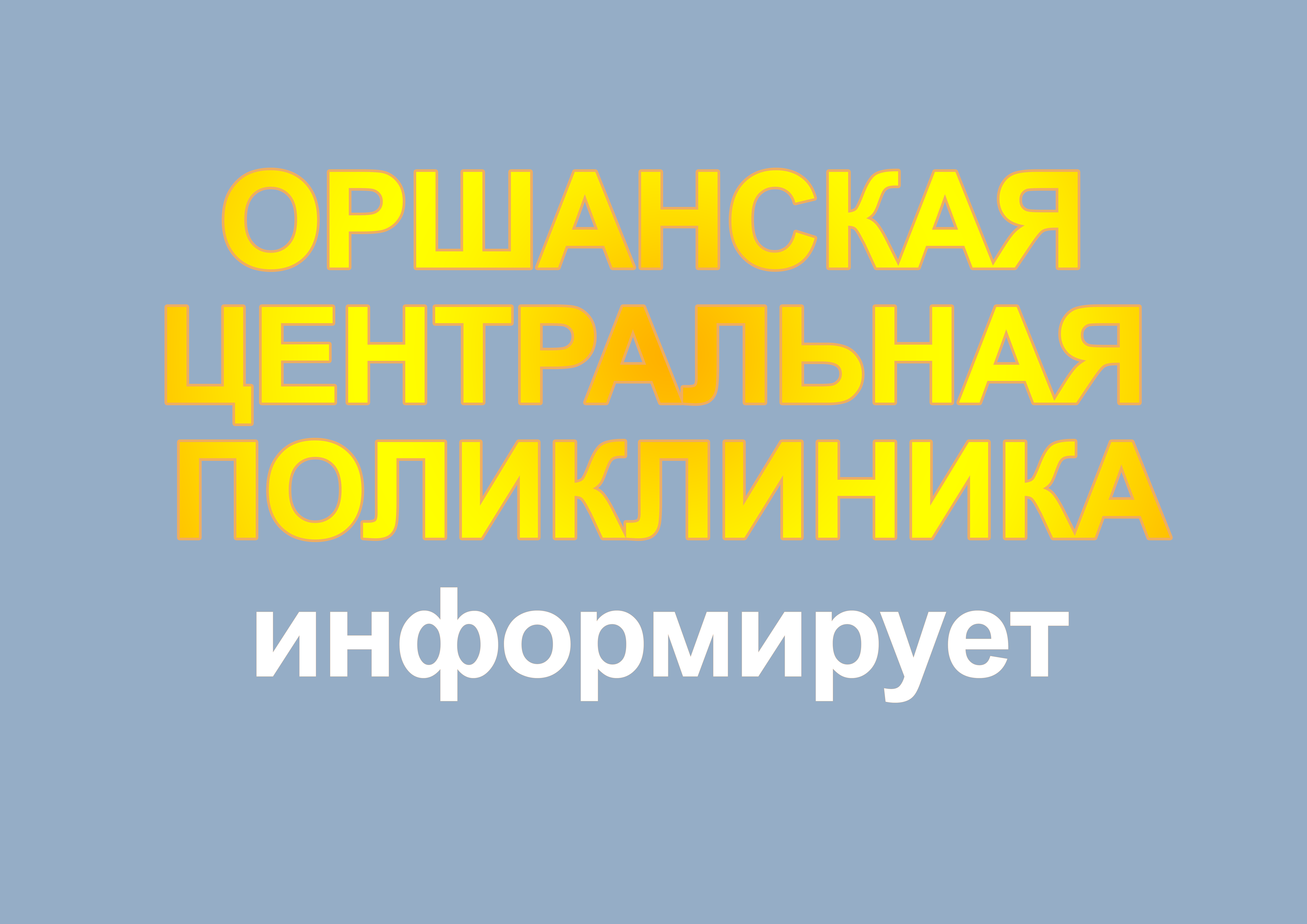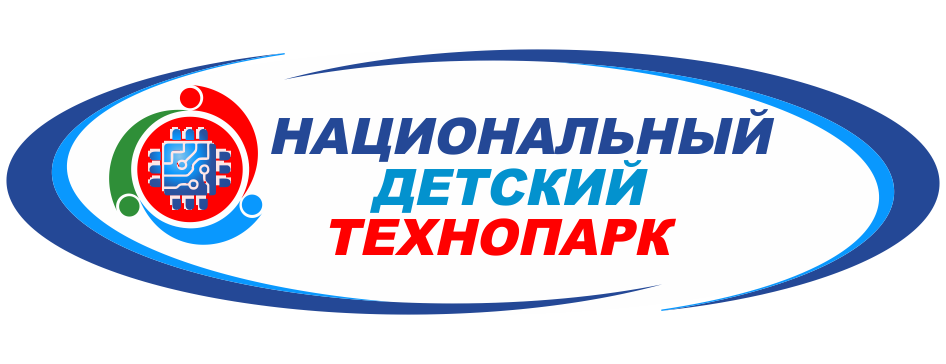A syllabus is to teaching what an itinerary is to package tourism. It is a pre-planned, itemised, account of the route: it tells the teacher (and the students, if they have access to it) what is to be covered and in what order. It is informed by two sets of decisions:
- selection – that is, what is to be included?
- grating – that is, in what order are the selected items to be dealt with?
The criteria for selecting which items to put in a syllabus are essentially two:
- usefulness
- frequency
Note that it is not always the case that the most frequently occurring items are the most useful. The ten most frequent words in English are the, of, and, to, a, in, that, I, it and was. Together they constitute nearly one-fifth of all English text. But you would be hard-pressed to make a sentence out of them, let alone have a conversation. And, while lexical frequency is relatively easy to calculate, working out the frequency of grammatical structures is more difficult. As computer databases become more sophisticated, frequency information is likely to improve.
Finally, questions of usefulness will be dependent on the specific needs of the learner. For example, if a group of learners need English mainly in order to write in English they will need to attend to features of written grammar such as passives, subordination, and reported speech etc. If, on the other hand, they mainly need to be able to speak, those features will be less useful. Nevertheless, it is fair to hypothesise a core grammar that will be useful to all learners, whatever their needs.
Here, for example, is a checklist of items (in alphabetical order) that are shared by four current beginners’ courses:
articles: a / an, the
adjectives: comparatives and superlatives
be: present and past
can / can’t: ability
can / can’t: requests
going to: future
have got: possession
like + noun
like + - ing
past simple
possessive adjectives (my, your, our etc.)
prepositions of place and time
present continuous
present simple
should (advice)
would (offers)
will (future)
Criteria for grading the syllabus – that is, for putting the selected items in order – include:
- complexity
- learnability
- teachability
An item is complex if it has a number of elements: the more elements, the more complex it is. For example, a structure such as the present perfect continuous (She has been reading) is more complex than the present continuous (She is reading), while the future perfect continuous is more complex still (She will have been reading). Logic suggests that the less complex structures should be taught before the more complex ones.
The learnability of an item was traditionally measured by its complexity: the more simple, the more learnable. However, traditional notions of learnability have been called into question recently, in the light of research into what is called the natural order of language acquisition. While this research is still far from conclusive, it seems that all learners acquire grammatical items in a fairly predictable order, and this happens irrespective of either their mother tongue or the order in which they are actually taught these structures. Most students will go through a stage of saying “it going” for example, before they graduate to “it’s going”, even though they may have a similar structure in their mother tongue. Similarly, learners tend to pick up irregular past forms (went, saw, bought etc.) before regular ones (worked, lived, started etc.), while the third person-s ending (she swims, Ed works) is picked up later still. The question is, should these “natural order” findings affect the design of grammar syllabuses?
First of all, we need to make a distinction between what learners are exposed to (input) and what they are expected to produce (output). The “natural order” research provides evidence of the order of out put only. Even if we accept that the accurate production of grammatical structures seems to follow a predetermined route, this does not mean that learners should be exposed to only those structures and in only that order. Evidence suggests that classroom learners need a varied diet of language input. It may be that the findings of the natural order research have less to do with syllabus design that with teacher attitude. These findings suggest that, since some grammar items take longer to learn than others, teachers need not insist on immediate accuracy.
A third factor that might influence the selection and ordering of items on a grammatical syllabus is an item’s teachability. The fact that it is easy to demonstrate the meaning of the present continuous (I am walking, she is writing etc.) has meant that it is often included early in beginners’ syllabuses, despite the fact that it has a relatively low frequency of occurrence compared, say, to the present simple (I work, she writes). The rules for the use of articles (a, the) on the other hand, are difficult either to describe or to demonstrate. So, despite being among the most frequently used words in the language, their formal presentation is usually delayed until a relatively advanced level.
Finally, it is worth pointing out that not all syllabuses are, or have been, designed on a grammatical basis. With the advent of the communicative approach in the mid – 1970 s there was a reaction away from purely form-based syllabuses to syllabuses that were organised according to categories of meaning. For example, functional syllabuses, as we have seen, were organised around the communicative purposes for which language is used, as: asking directions, describing things, inviting etc.
Other organising principles for a syllabus include tasks (to design a video game and describe it; to write a poem and read it aloud etc.) topics (the home, travel, the environment, news etc.) and genres (office memos, informal letters, business presentations, casual conversation etc.). Many courses nowadays attempt to accommodate the multi-layered nature of language by adopting multi-layered syllabuses. That is, they specify not only the grammar areas to be taught, but include functional and topical areas as well.



















